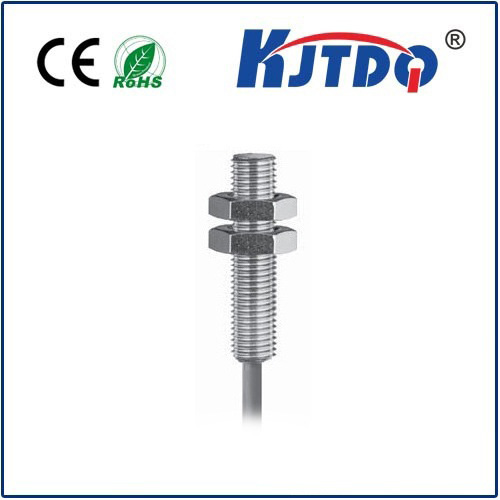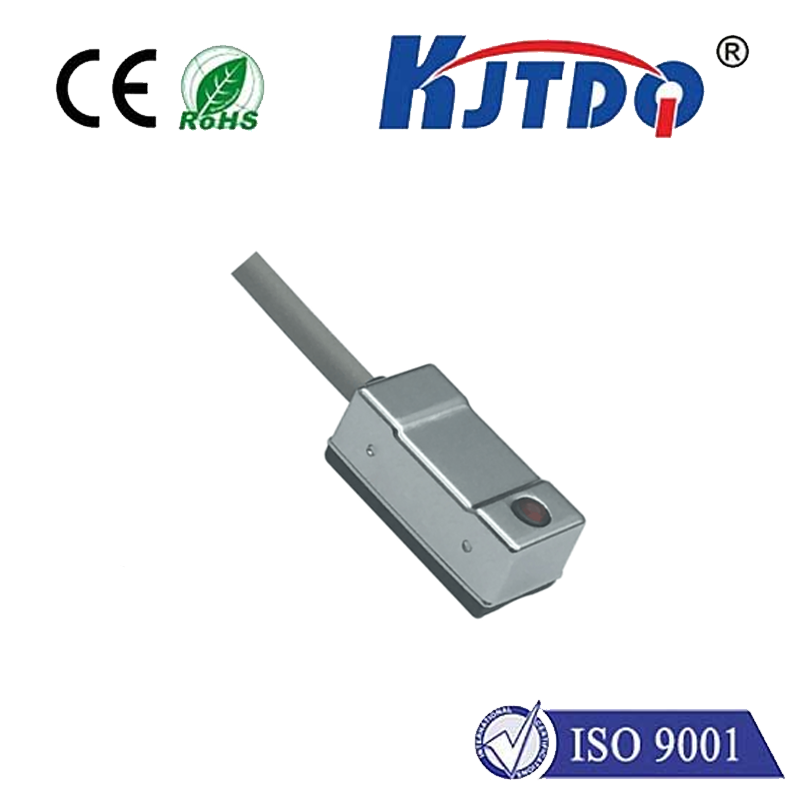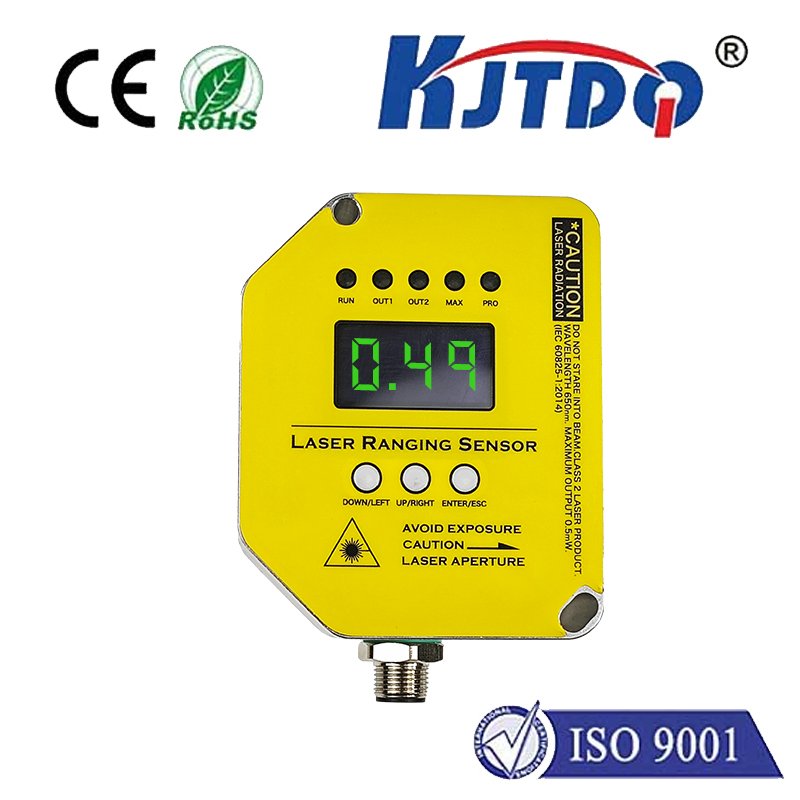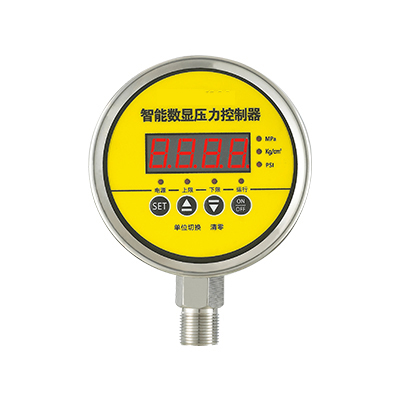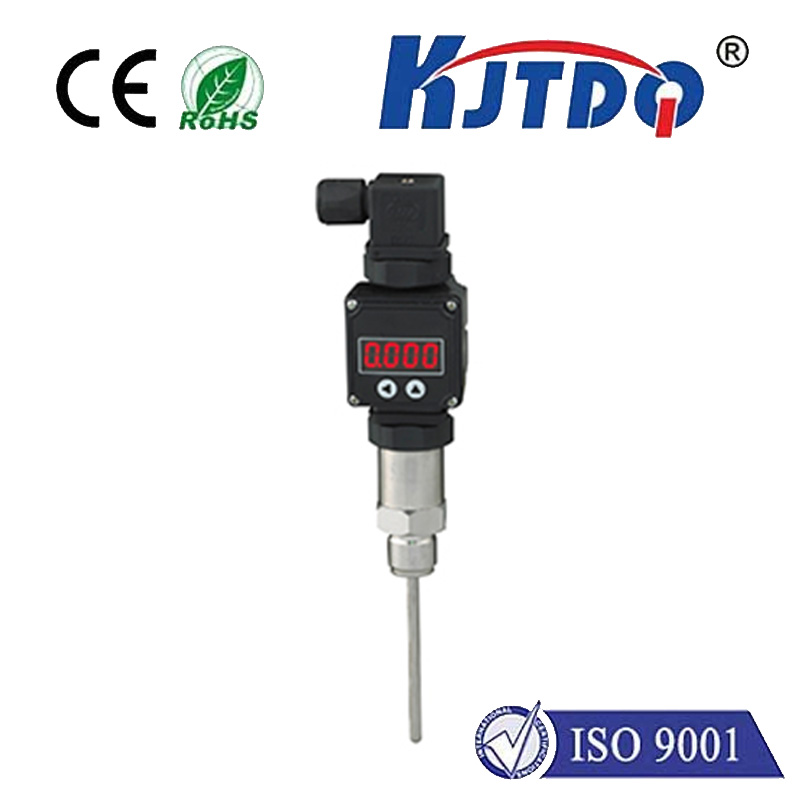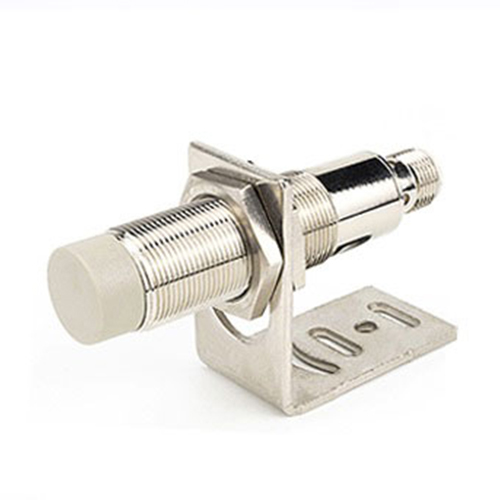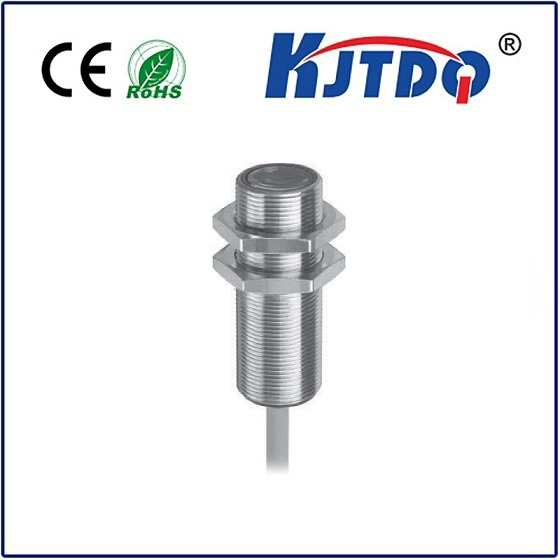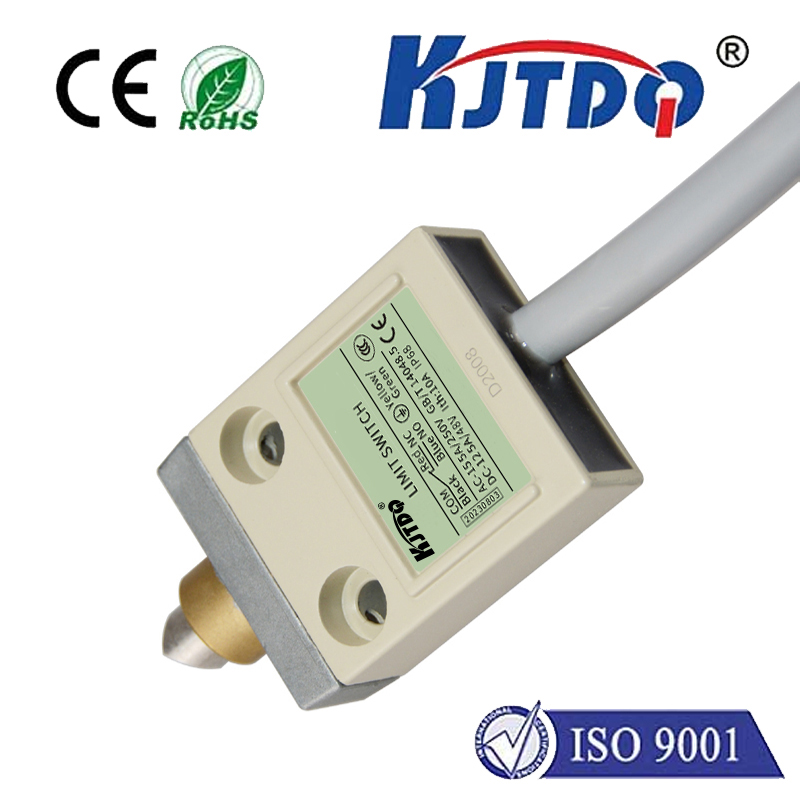lj12a3 4 z ay proximity sensor
- time:2025-06-28 03:04:05
- Click:0
LJ12A3-4-Z/AY Proximity Sensor: The Unsung Hero of Industrial Automation
Imagine a world without precise, contactless detection on a bustling assembly line. Metal parts crash, robots misplace components, and quality control becomes a gamble. This chaotic scenario underscores the vital role of reliable sensors like the LJ12A3-4-Z/AY inductive proximity sensor. This seemingly cryptic model number represents a cornerstone technology enabling seamless, efficient, and safe automation across countless industries. Let’s demystify this component and explore its significance.
Decoding the Designation: What LJ12A3-4-Z/AY Tells Us
Every character in the model name “LJ12A3-4-Z/AY” holds specific meaning, defining its core characteristics:
- LJ12A3: This typically indicates the sensor series or family. “LJ” often signifies a cylindrical, shielded inductive sensor. “12” usually refers to the housing diameter (12mm). “A3” commonly denotes specific internal design elements or generation within that series.
- -4: This clearly specifies the nominal sensing distance, which is 4mm. This is a critical parameter, defining how close a target must be to reliably trigger the sensor.
- -Z: This suffix most often indicates the output configuration and electrical type. ”-Z” frequently signifies a DC 3-wire sensor operating with an NPN Normally Open (NO) output transistor. This is a very common configuration.
- /AY: This final part usually denotes specific manufacturer variations. It might indicate special features like enhanced environmental protection, specific connector types, modified housing materials, or a unique internal component specification. Always refer to the exact manufacturer’s datasheet for the full details “/AY” implies.
Core Function: The Science Behind Inductive Detection
The LJ12A3-4-Z/AY is fundamentally an inductive proximity sensor. Its operation hinges on a basic yet powerful principle of electromagnetism:

- Generating the Field: An internal oscillator generates a high-frequency alternating electromagnetic field emanating from the sensor’s active face.
- Detecting Eddy Currents: When a metallic target (typically ferrous metals like steel or iron, and sometimes non-ferrous like aluminum or copper based on sensor design) enters this field, it induces small circulating electrical currents within the target material. These are called eddy currents.
- Energy Absorption: The generation of these eddy currents absorbs energy from the sensor’s oscillating circuit.
- Signal Change Detection: The internal circuitry continuously monitors the oscillator’s amplitude or frequency. The energy loss caused by the eddy currents results in a detectable change (a reduction) in the oscillator’s strength.
- Triggering the Output: When this change surpasses a predefined threshold (equivalent to the target being within the 4mm sensing range), the sensor’s solid-state output switch activates. For the -Z variant, the NPN output transistor turns on, effectively connecting the output wire to the sensor’s negative (0V) supply line.
This entire process happens contactlessly and almost instantaneously, making inductive sensors like the LJ12A3-4-Z/AY incredibly fast, reliable, and resistant to wear and tear.
Key Advantages Driving Widespread Adoption
- Contactless Operation: The cornerstone benefit. No physical contact means zero mechanical wear, drastically extending service life compared to mechanical limit switches. Maintenance costs plummet.
- Exceptional Reliability & Long Life: With no moving parts to fail, and robust construction typical of industrial sensors (often IP67-rated or better), these sensors offer outstanding reliability in demanding environments.
- High-Speed Switching: Capable of detecting objects thousands of times per minute, easily keeping pace with modern high-speed automation lines.
- Resilience in Harsh Conditions: Designed to shrug off dust, dirt, oil, moisture, vibration, and intense electromagnetic interference (EMI). This ruggedness makes them indispensable in metalworking, packaging, material handling, and automotive plants.
- Simple Integration: The DC 3-wire design (Brown = V+, Blue = 0V, Black = Signal Output) is a standard interface, easily connecting to Programmable Logic Controllers (PLCs), counters, timers, and other industrial controllers.
- Unambiguous State Indication: Most models include an LED status indicator, providing immediate visual confirmation of output state and power, simplifying troubleshooting.
Where the LJ12A3-4-Z/AY Excels: Real-World Applications
This sensor’s blend of size (compact 12mm diameter), 4mm sensing range, and robust DC 3-wire output makes it incredibly versatile:
- Machine Automation: Detecting positions of cylinders, slides, clamps, and rotary tables. Monitoring tool presence in CNC machinery or turrets. Verifying part clamping.
- Conveyor and Material Handling: Confirming presence/absence of metal parts, pallets, or totes. Verifying correct positioning for sorting or assembly. Counting metallic objects on a line.
- Packaging Machinery: Detecting foil seals, metal lids, or clips. Monitoring fill levels in metal containers. Verifying case sealing or orientation.
- Robotics: Used for precise end-of-arm tooling detection, verifying gripper closure, or part presence. Ensuring safe positioning near fixtures.
- Automotive Manufacturing: Ubiquitous on assembly lines for verifying component insertion (bolts, brackets), fixture engagement, robot position confirmation, and weld gun status.
- Metal Fabrication: Detecting sheet metal presence during stamping, bending, or laser cutting. Verifying tube or bar stock position in saws or mills.
Installation Tips for Optimal Performance
- Mounting: Ensure a rigid, vibration-free mount. Shielded sensors (like the LJ12A3) can be mounted flush in metal brackets, but maintain the specified lateral clearance between adjacent sensors or metal structures to prevent mutual interference.
- Target Material: Calibrated primarily for steel. For other metals like aluminum, brass, or copper, expect a reduced effective sensing range. Test with the actual target material.
- Target Size: The target should generally be at least equivalent to the sensor’s sensing face diameter. Smaller targets can cause unreliable detection.
- Sensing Distance: The 4mm is the nominal distance under ideal conditions (standard mild steel target). Account for operating distance variation (typically ±10%) due to manufacturing tolerances, temperature, and target material. Always maintain some installation clearance.
- Electrical Connection: Strictly follow the wiring diagram (Brown/V+, Blue/0V, Black/Output). Ensure correct polarity. Provide adequate overcurrent protection. Proper grounding is crucial for noise immunity. Use shielded cable in high-noise environments.
Understanding Key Specifications
While the LJ12A3-4-Z/AY datasheet holds all details, key specs to grasp include:
- Operating Voltage Range: Typically 10-30V DC.
- Output Current: The maximum continuous current the NPN transistor can sink (e.g., 200mA). Do not exceed.
- Switching Frequency: The maximum number of on/off cycles per second (e.g., 1000 Hz).
- Housing Material: Usually nickel-plated brass or stainless steel for durability.
- Protection Rating: Commonly IP67 (dust-tight and protected against temporary immersion), crucial for washdown or harsh environments.
- Temperature Range: Operating and storage temperature limits (e.g., -25°C to +70°C).
Conclusion: A Foundational Component
The LJ12A3-4-Z/AY inductive proximity sensor, despite its seemingly complex model number, embodies a simple, proven, and incredibly effective solution. Its ability to detect metal targets reliably, quickly, and without contact under tough conditions makes it an essential building block of modern







